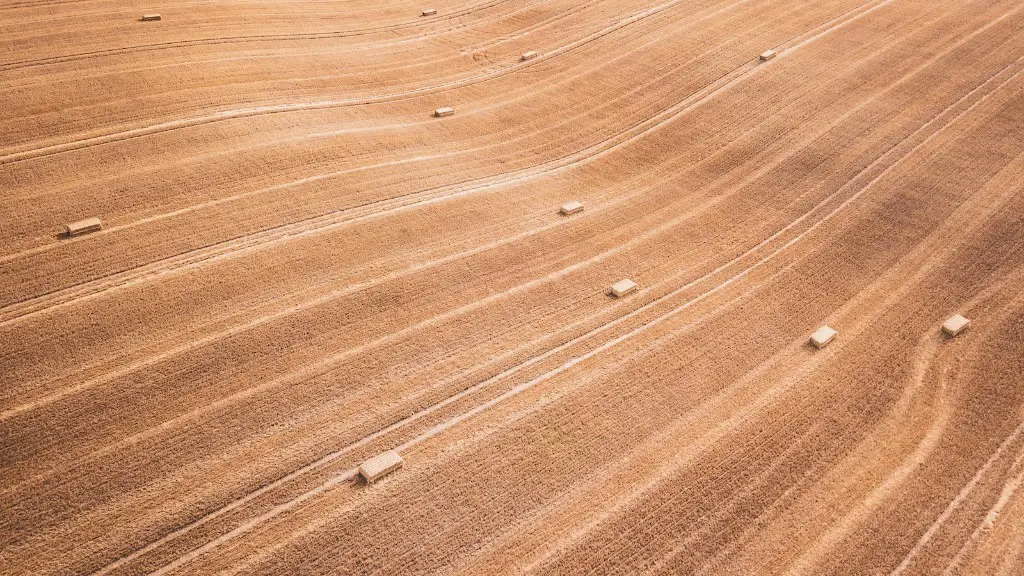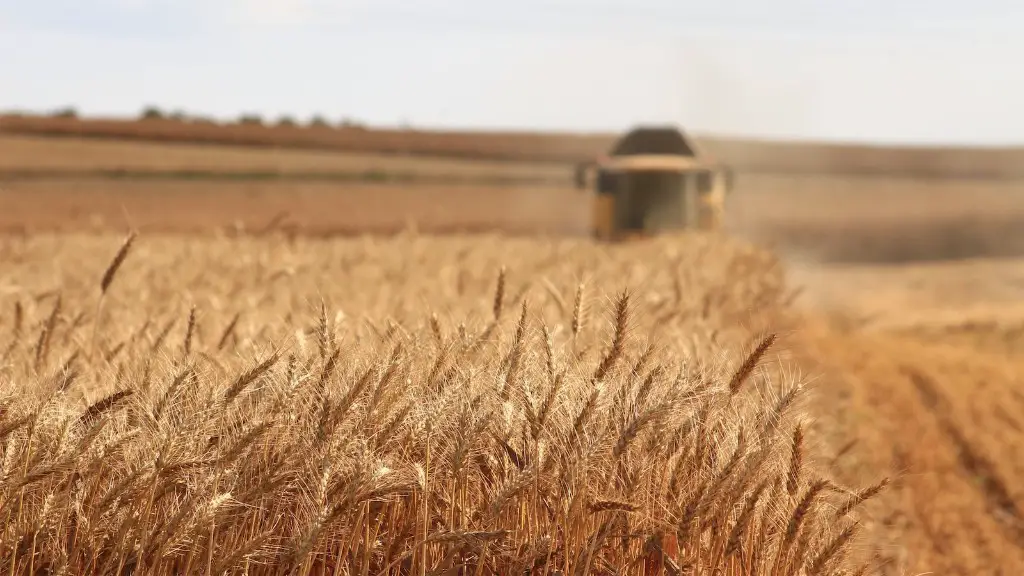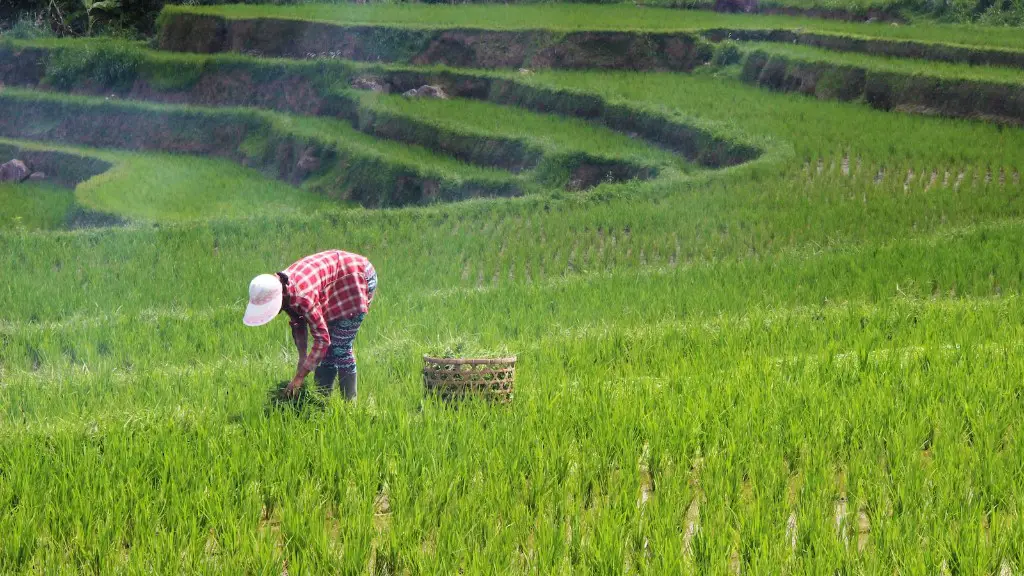With the global climate in a near constant state of flux, it is ever more important to understand the significance of temperature in regards to agriculture. Temperature plays a pivotal role in the everyday workings of farms and greenhouses, with specific optimal temperatures for different crops, fruits and vegetables. Temperature has a wide ranging effect on a crop’s growth, development and even marketability.
Germination
Temperature is a primary factor in the successful germination of a seed. Appropriate temperatures are essential to ensure viable crops, as variations greatly influence how quickly, and how well, seeds sprout. In too cold temperatures seeds may not germinate at all, and can also lead to “damping-off,” where seedlings break down with the root and stem becoming waterlogged and infected. Too hot temperatures however can cause the roots, shoots, and fruits of a crop to dry out and cause severe levels of stress.
Photosynthesis
Photosynthesis is one of the most important biological functions involved in the growth of a crop. New crop growth is directly related to the rate at which a plant can photosynthesize, and as such temperature has a strong influence on the process. High temperatures can cause stomata in a crop to close, slowing down the intake of carbon dioxide necessary for photosynthesis. In cooler temperatures, stomata then open and create a higher rate of carbon dioxide intake and photosynthesis.
Pollination
Crop pollination is when pollen from the male flower is transferred to the female flower of another plant. Hot temperatures inhibit the transfer of pollen, making successful pollination difficult. This is an important process for creating many of the fruits and vegetables that we consume, and as such it requires specific temperatures for successful pollination. Additionally, too cool temperatures can prevent proper fertilization which also leads to a decrease in crop production.
Maturing/Harvesting
Crop maturity is an important factor in the final marketability of a product. Low temperatures can stunt the maturity process, while high temperatures can cause a crop to mature too quickly and reduce the shelf life and nutritional value of harvestable crops. Hot temperatures also promote rapid evaporation of soil moisture, leading to lower water levels and an ever greater burden on the farmer to monitor and maintain soil health.
Resilience to Disease
Unfavorable temperatures also reduce crop resilience to disease. Incorrect temperatures can freeze out beneficial fungi in the soil and create more susceptible targets for pests and disease. Low soil temperatures make crop roots more vulnerable to infection and heat can cause intensification of existing crop illnesses. It is therefore important for a farmer to be able to monitor the conditions of their soil on a daily basis to ensure the best possible growing conditions are maintained.
Effect on Yields
Unsuitable temperatures can have a large effect on the eventual yields of a crop. Plant growth can be reduced, and quality of a product diminished. Abnormal temperatures can stunt or drag out the growth of a plant, reducing the amount of time a crop spends in an optimal growth period. With specific temperature requirements for many different crops, temperatures must be carefully monitored and controlled, especially in greenhouses. A good balance of temperature is therefore pivotal in ensuring good crop yields in the long term.
The Impact of Climate Change
Climate change has been described as one of the greatest threats to modern day agricultural practices. Changes in temperature and weather patterns in recent years have caused many crops to extend their growth period, become resistant to irrigation and impacting the maturation process. Additionally, a bigger need for pest management and crop rotation practices has been highlighted in order to prevent pests and disease in vulnerable plants. Farming practices must evolve alongside climate change in order to ensure resilient, long-term crop yields.
The Benefits of Precision Farming
Precision farming provides farmers with a host of data regarding their crops and the overall environment. Utilizing this data can allow a farmer to better understand the temperature and humidity levels their crops are exposed to and better plan for potential complications. With the use of sensors and digital monitoring systems, farmers can more accurately track and optimize temperature, soil health and sunlight exposure.
The Development of Crop Protection Technologies
With the change in temperature and climate, crop protection technologies have become ever more important for the successful production of crops. Different types of technology such as crop sensors, automated irrigation systems and shade structures can be used to keep efficient track of soil health and other crucial conditions for crops. This kind of technology allows for a farmer to continually monitor and optimize their crops and control airborne pests and exposure to ultraviolet rays.
The Impact of Temperature on Soil Health
Temperature is an essential factor in maintaining optimum soil health. Unusual temperatures can cause rapid or delayed nutrient depletion or cause a situation of water immersion, which can inhibit the growth of crops and create hazardous conditions for the crop. Warm, dry soils are also much more susceptible to weed and pest infestations, reducing overall crop yield and potentially jeopardizing crops that may already be mature and at risk of harvest.
The Use of Technology to Reduce Stress on Crops caused by Temperature Fluctuations
A variety of technologies, both mature and new, have been designed to decrease the stress associated with temperature fluctuations on crops, including horticultural heaters and cooling fans. The role of heaters and fans is to control the environment in a greenhouse, providing insulation during colder months and a cooling effect on warmer days. Additionally, humidity control systems can be utilized to ensure adequate moisture is present during the growing period whilst reducing the risk of disease or fungal spores.
The Significance of Temperature on Crop Irrigation
The adequate supply of water to crops is essential for many reasons, including reducing the stress caused by high temperatures and softening soil for seed germination. Water use by plants is greatly impacted by temperature, so different irrigation strategies may need to be adopted for different climates. For instance, in higher temperatures more frequent irrigation with shorter duration may be needed to reduce the amount of water lost due to evaporation. Irrigation strategies must therefore be tailored in order to both conserve watering resources and maximize crop yield.



